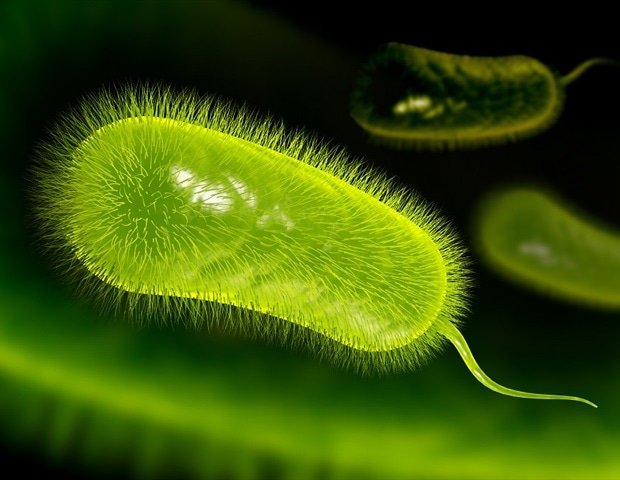Blog
Researchers study the H. pylori therapy coverage within the Asian-Pacific area
Micro organism are the important reason for abdomen most cancers, whereby the an infection charge within the Asian-Pacific area is significantly excessive. About 90% of instances are related to bacterial infections, however the preventive can scale back the incidence of abdomen most cancers by 30-40%.
Nevertheless, the improve in antimicrobial remedy -resistant micro organism utilized in extermination remedy is a important downside. Whereas secondary prevention can also be indispensable for the early detection of abdomen most cancers by endoscopic examinations, it isn’t clear to what extent Asian-Pacific practitioners acknowledge their significance.
A world analysis group led by Dr. Koji Otani and Professor Yasuhiro Fujiwara from the Graduate College of Medication at Osaka Metropolitan College carried out a web based survey amongst clinics within the Asia-Pacific area to look at therapy coverage for the therapy of therapy tips. Based mostly on the reactions of each nation with regard to the diagnostic procedures, antibacterial pharmaceutical doses, therapy instances and the necessity for secondary prevention, the analysis workforce confirmed that there’s a rising consensus on the significance of major and secondary prevention in opposition to rising consensus.
Variations within the incidence of antimicrobial resistance and abdomen most cancers between areas, medical assets and tips are at present influencing the formation of uniform requirements for the prevention of abdomen most cancers. In the longer term, it can be indispensable to find out therapy tips for infections which might be appropriate for every area, making an allowance for the precise scenario of antimicrobial resistance and abdomen most cancers in each Asian nation. “
Dr. Koji Ootani, Graduate College of Osaka Metropolitan College of Medication
The outcomes have been within the.
Supply:
Journal Reference:
Otani, ok.,. (2024). Asian -Pacific survey on the administration of Helicobacter pylori An infection. Journal of Gastroenterology and Hepatology. doi.org/10.1111/JGH.16862.

